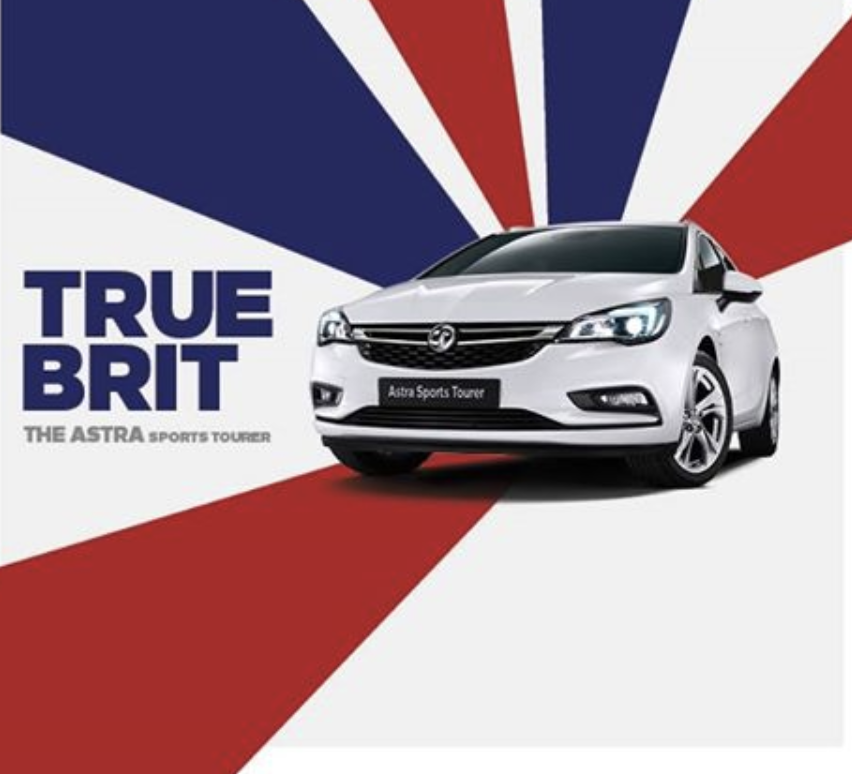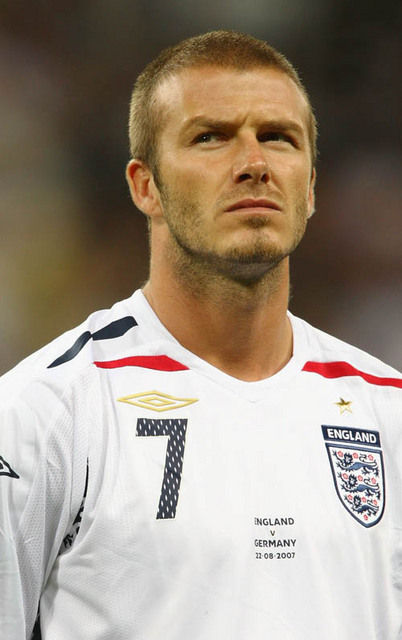This article originally appeared on my LinkedIn profile with the title “Its Coming Home” if we aren’t connected on LinkedIn feel free to add me here
As England qualified last year, in all fairness from a pretty poor qualifying group, for this year’s FIFA World Cup in Russia, few, if any football fans expected this success. When the groups were drawn, we were expected to qualify for the first knock-out stage but probably little beyond that.
The “tactical” defeat by a second string England side against a second string, albeit still very strong Belgium side, ensured they had an easier path to navigate in the knockout stages. However, as the team has progressed so have the emotions, so have the passions and so has the feel good factor around this little old country of England.
With political turmoil and ever growing confusion around Brexit, the fortunes of a little fancied football team are helping the country. Few would have planned, but the nation and business are more than happy to embrace this. As I write this, I am awaiting the France Vs Belgium game to see who our potential final (or 3rd place playoff) opponents will be).
So I take a non-fact based look at who I believe has done well from England’s unexpected performance.
The logical first port of call is to examine the official partners of The FA. If we progress to the final, I might even look at some of the unofficial brands that have made the most of the experience.
Vauxhall
First off we have Vauxhall, who are the closest of the FA partners to the relationship we used to have when I was at Nationwide. They have their names on the training kit, I assume they have access to players and they have rights to use the official badge and players in their marketing materials. Bizarrely though, the automotive brand seems to have failed to embrace either the success or even the fact they are a partner of the FA. Whilst it may difficult and costly for a larger company with rigid processes to adapt TV creative to respond to the current opportunity, they should be able to adapt press and could definitely make more of it on their social media. If you were to look at Vauxhall’s social media channels, even Facebook, the one they could adapt to location if they were worried about alienating people, there is no reference to football or England. The imaginative content the brand could have produced shows this is a huge missed opportunity and a bit of a shame.
Nike
As main kit suppliers Nike are embedded with the FA and fans alike. You can’t see England without seeing the famous tick. Nike’s potential issue in terms of really taking advantage of the current buzz is their global accounts and their stable of countries they are involved with. Nike actually supplies kit for three of the four semi-finalists, with only Belgium bucking the trend with their adidas kit. Nike is so in to its brand with amazing executions, that genuine football fans would forgive them and still consider them part of what was going on. They could still do a bit more in terms of content and tailoring their properties for the English market, but they do pretty well.
Buildbase
Now maybe I am not their target customer. OK. I am not the Buildbase target customer, but until I looked it up, I had no idea that they were a partner of The FA and haven’t seen them at all in conjunction with this England push. Even when looking at their social accounts, you would be forgiven for not realising they were so closely aligned. Apart from a quite poor game and some unimaginative posts the brand seems to have wasted its opportunity to engage and undoubted football audience. Perhaps you can move in their stores for football paraphernalia
Mars
Mars have been involved with the FA for some time and the are great at capitalising on their relationship. They do have the undoubted advantage of selling quite a few of their products and being able to put on pack promotions and messages that are in pretty much every supermarket, petrol station and convenience store in the England. Their ATL efforts clearly align them to the football team and there is no doubt of the connection. As England have progressed, it feels their ads are more regular which shows great ability to capitalise on the mood of the nation. Bizarrely, if there is a weakness in its armoury, again it is in content and social media, where its Mars football accounts have small following, infrequent posts and low engagement.
Lidl
After a successful partnership with Sainsbury over the years, it came as some surprise that Lidl was unveiled as its new partner. The Lidl TV ads were actually fun and engaging and really use humour and the human angle to captivate an audience. However in terms of retail execution, something was awry. Particularly as Sainsbury’s still seemed to have a volume of “official” England merchandise available in store. Its presence on content on both Twitter and Facebook appear strong, however Instagram feels the poor relation. Overall though it was a good showing from the German retailer.
Carlsberg
Carlsberg extended its long-standing relationship with the England football team. With other relationships in football the brand has genuinely smashed it again. A strong branded website and great content relevant to its audience. Again, the publishing of social could be stronger but assets are strong.
Lucozade Sport
With a reputation engrained in sports its not really a surprise that Lucozade have a good take on how to run a sports marketing initiative. Their on pack materials are limited but the content they have produced is strong and lives comfortably across all social channels. They have done good work with many influencers both football and non-football related. It was surprising that there wasn’t more native video built specifically for the platforms and for others to push out and share.
Overall, of the official partners I looked at their pushing of the association with the England team is mixed. Very few have really taken the tactical opportunity of the unexpected success. None of the brands, with the exception of Nike delivered a particularly strong presence in terms of social.
I feel Vauxhall who had the biggest right to do something was the biggest disappointment. So, if anybody from Vauxhall is reading this, get in touch.
The lesson for me from this exercise is one of how to tactically take advantage of an event (that may be unexpected). Also, how much potential there is in the realms of sponsorship and sports marketing, still out there in relation to social media. Now that gives me an idea…






 Any organisation that sponsors any property, whether it is a football club, event or a broadcast property such as
Any organisation that sponsors any property, whether it is a football club, event or a broadcast property such as